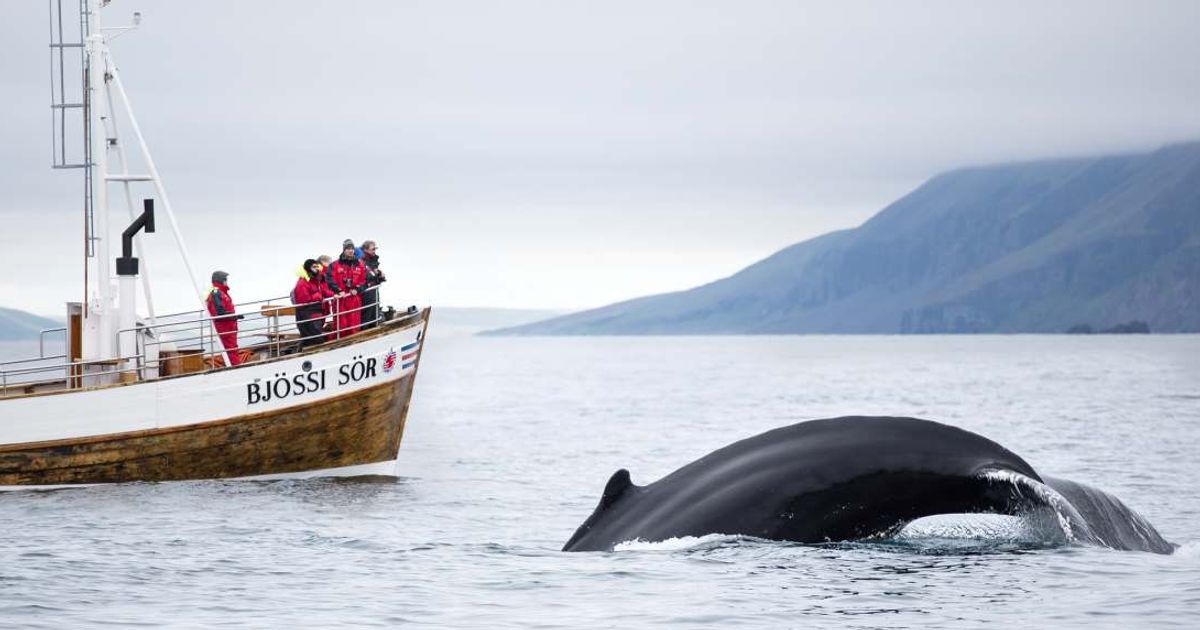Speeding boat rams into a whale playing with her child. Drone footage captures the heartbreaking moment

When Michael Hatte and his wife were filming and observing the whales through a drone, they weren’t aware that they would capture a rare, chilling moment. A speeding boat was filmed colliding with a southern right whale calf near Stanwell Park, New South Wales, Australia. The incident covered by 10 News on July 21 has raised calls for boaties to take extra care on the water. The video was shared on their YouTube channel @10NewsAU.

The incident occurred only weeks after the mother was hit by another vessel in the same water. According to the Australian Broadcasting Company, the impact of the collision knocked three people off the boat. Hatte and his wife were casually spotting whales on the South Coast when they watched the near-deadly collision. The couple immediately informed the Organisation for the Rescue and Research of Cetaceans (ORRCA), NSW Parks and Wildlife Service, and members of the Right Whale ID. The officials got concerned about the incident, given the declining population of whales in the region. Upon tracking the pair, they noted that the calf was safe and was playing with seaweed after diving into the water.
The officials are now tracking the migration route of the mother-calf duo towards the north. The unidentified spokespersons of the NSW National Parks and Wildlife Service called the incident “alarming," adding that this is the only mother and calf pair in the region, and not many calves are being born. So, their protection is urgent and crucial for the conservation of the population. “Boaties must keep an active lookout to avoid this happening again during the whale season,” they said in the statement. The team further notified that they were “unsure of the impact” of the current collision, but the mother endured some injuries on her flank when she was hit the last time.
Vessel striking can be fatal. The deaths caused by the collision pose a significant challenge to their conservation. As per NOAA, the reduced population, low reproduction rates, and frequent changes in migration routes are all because of vessel strikes. And a study by Science Direct said that ship strikes are the primary cause of unnatural death in whales. The study used the data from the past 52 years and noted that 63 out of 226 whale strandings on the coast of Chile were struck or murdered by a vessel. That is 28% of whales that died due to vessel strikes.
The situation is concerning, and ORRCA spokesperson Pip Jacobs issued an advisory notifying the public that whales are an endangered species. Only 250 to 300 whales have been spotted along the east coast of the country. Given the meagre sightings, Jacobs alerted the boaties that southern right whales are likely to be seen off the coast till the end of August, and the humpback migration will continue until the end of November. Hence, boats must stay 100 m away from the mother and 300 m away from the calf. Additionally, drones must also maintain a height of 100 m above the whales. “This pair has faced extraordinary challenges on their journey so far, but they appear to be doing well, which is not only great news for them but their species as well," Jacobs added.